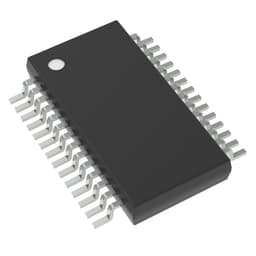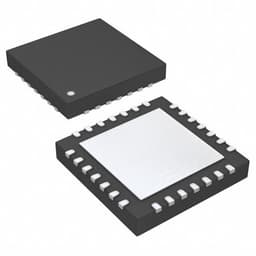
At AIChipLink, we understand that testing electronic components is a crucial step in ensuring the functionality and reliability of your devices. As a leading integrated circuit distributor and one of the Qualcomm distributors, we provide access to high-quality components and essential knowledge for engineers and hobbyists alike. Testing electronic components can help identify faults before they become bigger issues, ultimately saving time and resources. In this article, we’ll share effective methods for testing electronic components, ensuring you get the most out of your projects.
Understanding the Basics of Component Testing
Before diving into specific testing methods, it’s important to understand the types of electronic components you'll encounter. As an integrated circuit distributor, we stock numerous ICs that require careful testing to ensure they operate correctly. Common tests include measuring resistance, voltage, and current to assess the functionality of components like resistors, capacitors, and integrated circuits. Additionally, some components, such as those supplied by Qualcomm distributors, may have unique specifications that necessitate specialized testing equipment or procedures. Familiarizing yourself with these basics will set a solid foundation for your testing process.
Tools Required for Testing Electronic Components
To effectively test electronic components, having the right tools is essential. At AIChipLink, we recommend using a multimeter as one of the primary tools for measurements. This versatile device can measure voltage, current, and resistance, making it invaluable for troubleshooting and testing various components. For integrated circuits, we suggest using logic analyzers or oscilloscopes to visualize signal behavior and ensure proper operation. Additionally, for more advanced components from Qualcomm distributors, consider using specialized testing equipment designed for specific functionalities, such as RF signal generators or spectrum analyzers. Investing in the right tools will streamline your testing process and improve accuracy.
Testing Procedures for Different Components
When testing electronic components, the procedures can vary based on the type of component. For instance, testing a resistor involves measuring its resistance with a multimeter, which should match the specified value. For capacitors, we recommend using a capacitance meter to confirm their value and check for leaks or shorts. Integrated circuits typically require more complex tests, such as verifying power supply levels and checking output signals against expected values. As a trusted integrated circuit distributor, we encourage our customers to refer to datasheets for specific testing guidelines. Understanding these procedures ensures that components perform optimally in your designs.
Conclusion
In conclusion, knowing how to test electronic components is essential for anyone working with electronics. At AIChipLink, we pride ourselves on being a top integrated circuit distributor and Qualcomm distributor, offering not only quality components but also valuable insights into testing and troubleshooting. By equipping yourself with the right tools and understanding the appropriate testing methods, you can ensure that your electronic projects run smoothly and reliably. Explore our extensive inventory today and take the next step in mastering electronic component testing!








